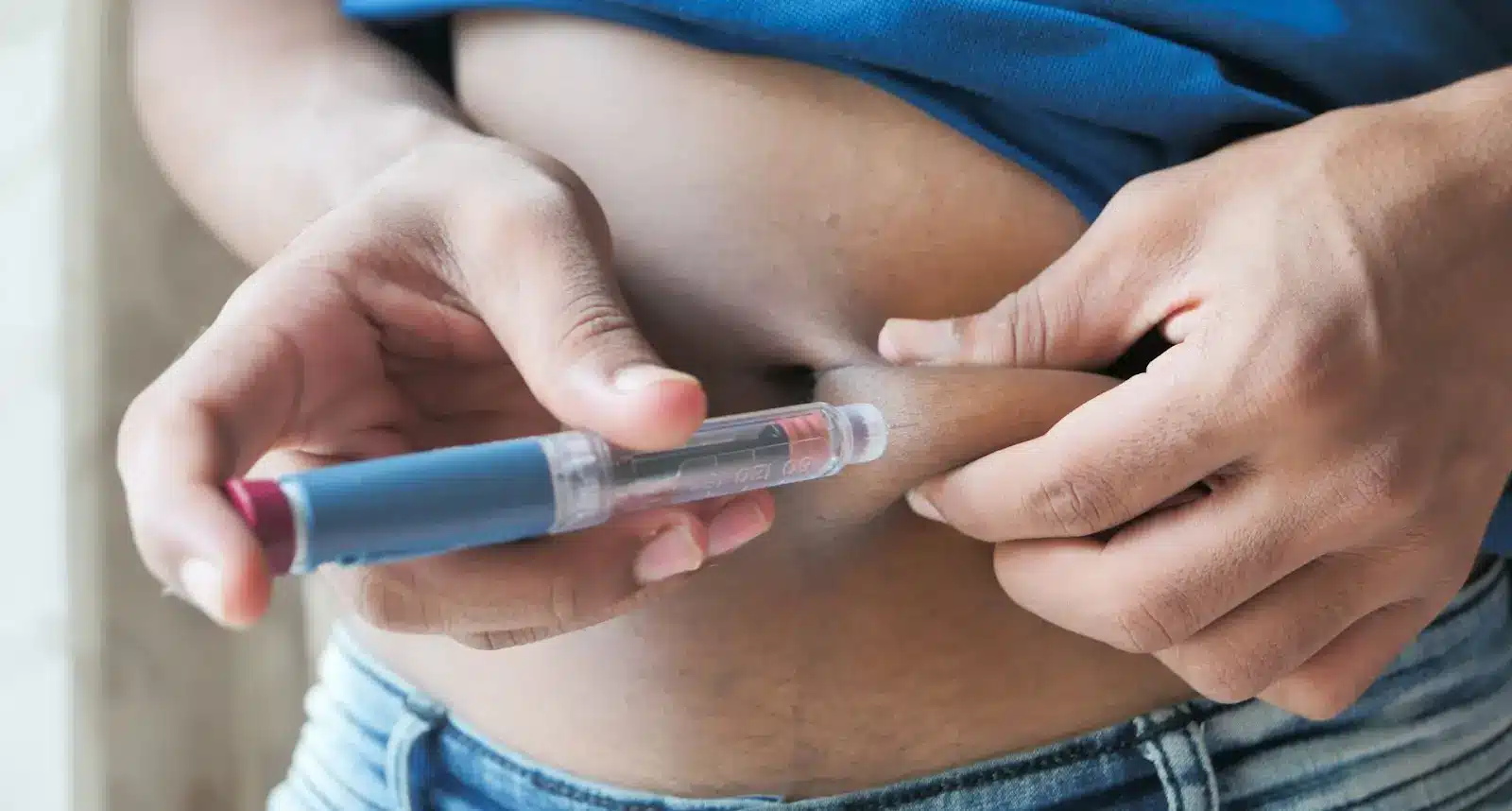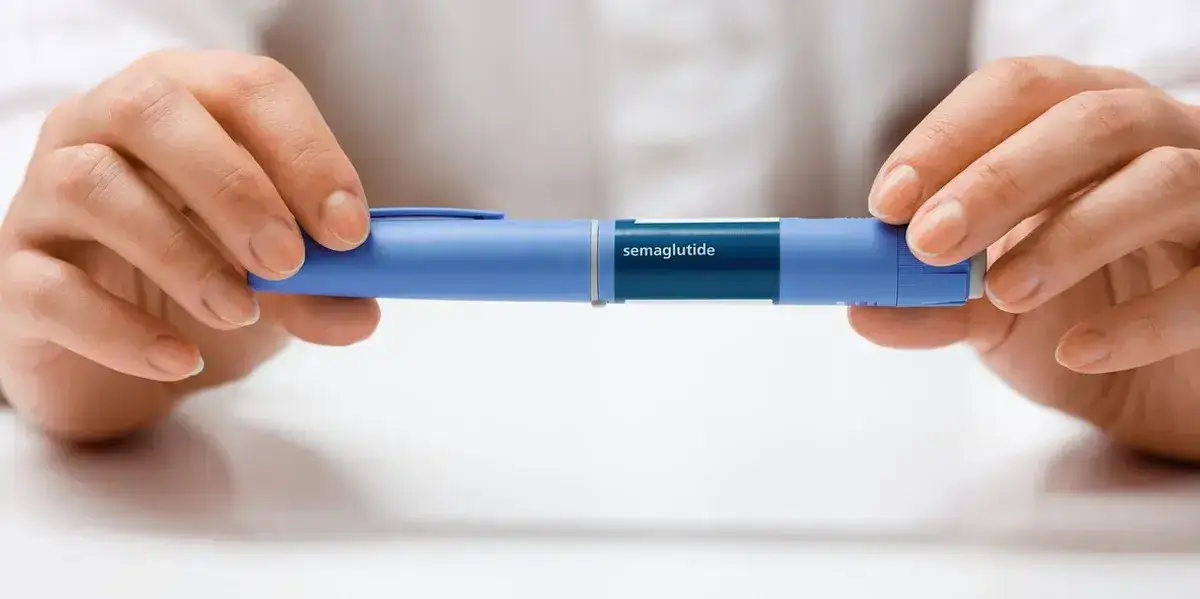
When it comes to medications like Ozempic, proper dosing matters. Taking too much can increase the risk of side effects, while taking too little may reduce its effectiveness. That’s why Ozempic, a popular injectable used for managing type 2 diabetes and supporting weight loss, is typically started at a low dose and gradually increased under medical supervision.
Some people wonder if taking a half dose could help ease side effects or stretch out their prescription. While it might seem harmless, adjusting your dose without guidance from a healthcare provider can lead to disappointing results—or worse, unwanted complications.
In this article, we’ll break down what happens when you take less than the prescribed amount of Ozempic, whether it’s safe, and why sticking to the recommended dosing plan is so important for your health and long-term success.
Key Takeaways
- Ozempic dosing is designed to start low and gradually increase to reduce side effects and enhance effectiveness. This structured titration should always be followed as prescribed.
- Taking a half dose without medical supervision is not recommended. It may result in reduced glycemic control, slower weight loss, or loss of cardiovascular benefits.
- In specific clinical scenarios (managing side effects, restarting treatment, or adjusting for medical conditions), a lower dose may be appropriate. However, this must be done under the guidance of a healthcare provider.
- Ozempic pens are not built for manual dose splitting. Improper use can lead to inaccurate dosing and treatment failure.
- The best time to take Ozempic is on a consistent weekly schedule to maintain stable drug levels and improve both comfort and results.
- Open communication with your doctor and careful monitoring are essential when considering any dose adjustment. Never self-modify your Ozempic regimen.
About: Doctor Medica is your trusted supplier of top-quality dermal fillers, viscosupplements, and more for your medical practice. We offer genuine products from leading brands at the lowest prices in the market. If you’re looking to order Ozempic online for your practice, contact Doctor Medica today.
Approved Titration and Dosing Guidelines of Ozempic Treatment

Ozempic isn’t a one-size-fits-all medication—it follows a carefully structured titration schedule to help the body adjust gradually and minimize side effects like nausea. The FDA-approved regimen looks like this:
- Start at 0.25 mg once a week for the first 4 weeks (this is a non-therapeutic dose, used mainly to reduce side effects).
- Increase to 0.5 mg weekly after the first month.
- If needed for better blood sugar control, patients may be increased to 1 mg or 2 mg weekly over time.
This slow build-up allows the medication to work effectively while giving your body time to adapt.
But here’s the key: taking half of a prescribed dose (like going from 1 mg back to 0.5 mg) without guidance may interrupt progress. It could delay blood sugar control, reduce weight loss results, and increase the chance of side effects returning.
Consistency is critical not only in dosage but also in timing. Many patients ask about the best time to take Ozempic, and while the medication is flexible, taking it at the same time each week, like every Sunday morning, can support steady blood levels and reduce missed doses.
Clinical Scenarios for Reduced Ozempic Dosing

Though self-administered half dosing is discouraged, there are legitimate clinical circumstances where reducing the dose may be appropriate—but only under professional guidance.
- Patients experiencing persistent side effects may benefit from a temporary dose reduction to allow gradual adaptation. Once symptoms subside, a healthcare provider can help determine when to re-escalate toward the target dose.
- Treatment interruptions also warrant careful attention. If someone stops Ozempic for several weeks, restarting at a full dose might increase the likelihood of side effects. Re-titrating from a lower dose supports smoother reintroduction.
- Some patients who have already reached their weight loss goals might explore whether a reduced dose can help maintain results while minimizing drug exposure. Sensible adjustments are feasible, but require close supervision.
- Individuals with certain underlying conditions (e.g., kidney impairment or gastrointestinal disorders) or those managing drug interactions may need dose tailoring to ensure safety and efficacy.
Importantly, patients should never self-administer half doses. Attempting this risks underdosing, incorrect use of the injection pen, and diminished treatment results. Only a healthcare professional can assess whether such an adjustment aligns with the individual’s health profile, including considerations such as BMI for Ozempic and metabolic needs.
Can I Take a Half Dose of Ozempic? Effectiveness and Glycemic Control Implications
Ozempic’s clinical benefits are closely tied to the dosing regimen. A half dose may reduce side effects, but this comes with potential compromises in therapeutic effectiveness.
- Blood Sugar Control: Ozempic’s ability to lower HbA1c and manage blood glucose is dose‑dependent. Half dosing may be insufficient for individuals with moderate to severe type 2 diabetes, potentially slowing the pace of improvement.
- Weight Loss: Evidence shows that higher doses are more effective in appetite suppression and fat reduction. A half dose promotes weight loss, but results are likely to be slower and less pronounced compared to the full regimen.
- Cardiovascular Protection: Large outcome trials demonstrating cardiovascular benefits used full therapeutic doses. Lowering the dose may blunt these protective advantages, especially in individuals with existing heart disease.
Patients considering dose changes must collaborate with a healthcare provider. Regular monitoring through blood sugar logs, weight checks, and scheduled consultations ensures that benefits are preserved as much as possible, without compromising long‑term health.
Ozempic’s Safety, Pen Mechanics, and Counseling Points
Safety and correct administration are paramount when considering any dose adjustment. Here’s what clinicians and patients must know:
Safety Considerations
- A reduced dose without supervision may lead to inadequate glycemic control, risking side effects like increased thirst, frequent urination, or fatigue.
- Long-term underdosing might raise the risk of complications such as neuropathy or cardiovascular events.
Pen Mechanics
- Ozempic pens deliver predetermined doses such as 0.25 mg or 0.5 mg. These cannot be split manually.
- Partial depression of the pen raises the risk of dosing errors and medication waste.
- Proper technique must follow the manufacturer’s instructions to ensure accurate dosing and consistent delivery.
Counseling Points for Patients
- Follow the prescribed titration schedule carefully to allow better adjustment and reduced side effects.
- Report any symptoms or concerns before altering the dose.
- Understanding the best time to take Ozempic still matters—a predictable routine supports stable levels and comfort.
- Store pens according to guidelines to protect medication potency and safety.
While dose adjustments may sometimes be justified, self-administering a half dose without professional advice is risky. Proper education, adherence, and open communication with a healthcare provider make all the difference in achieving safer, more effective treatment.
Conclusion
It can be tempting to reduce the Ozempic dose to manage side effects or stretch a prescription, but this should never be done without professional input. Although halving a dose may be appropriate under certain clinical circumstances, safety, pen limitations, and long‑term management must guide the decision.
Working closely with a trusted healthcare provider ensures that the balance between effectiveness and comfort is maintained.
FAQs
1. Can I split my Ozempic dose into two smaller injections?
No. Ozempic pens deliver fixed doses and are not intended for splitting. Attempting to divide doses can lead to inaccurate administration.
2. Will taking half my dose reduce side effects?
Possibly, but it may also reduce the drug’s effectiveness. Discuss any side effects with your provider for a safe adjustment plan.
3. Is it okay to take a lower dose to save money?
Cost concerns are valid, but lowering the dose without guidance can lead to poor diabetes control. Ask your provider about patient assistance programs instead.
4. Can a half-dose still help with weight loss?
Some weight loss may occur, but research shows optimal results with full therapeutic doses. Monitoring progress with your provider is key.
References
Ruder K. As semaglutide’s popularity soars, rare but serious adverse effects are emerging. JAMA. 2023;330(22):2140. doi:10.1001/jama.2023.16620
Han SH, Safeek R, Ockerman K, et al. Public interest in the Off-Label use of glucagon-like peptide 1 agonists (Ozempic) for cosmetic weight loss: A Google Trends analysis. Aesthetic Surgery Journal. 2023;44(1):60-67. doi:10.1093/asj/sjad211
Dhillon S. Semaglutide: first global approval. Drugs. 2018;78(2):275-284. doi:10.1007/s40265-018-0871-0
Related Articles
Joanna Carr
Plinest Treatment – Everything You Need to Know
Discover the benefits of Plinest treatment, its mechanism, results, and applications for skin rejuvenation. Learn how it works and what to expect.
Joanna Carr
What Is Viscosupplementation & How Does It Help Osteoarthritis
Interested to learn more about What Is Viscosupplementation & How Does It Help Osteoarthritis? Browse Doctor Medica's comprehensive listing of blog po...
Joanna Carr
Radiesse Cheekbones – Lift and Sculpt
Clinical data supports the efficacy of Radiesse for cheek enhancement, showcasing long-term results and high patient satisfaction rates.


